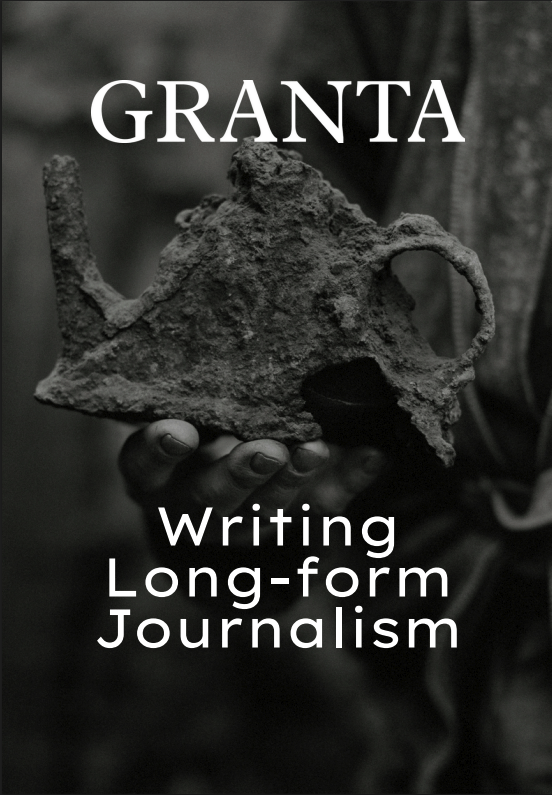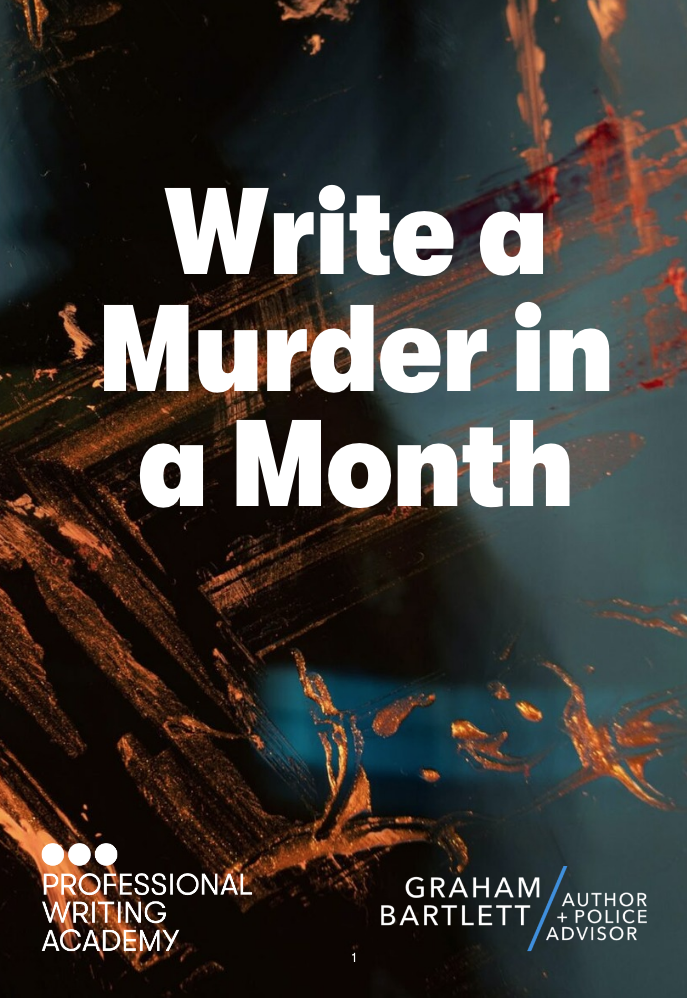Formatting rules and guidelines differ between academic writing, scriptwriting, fiction (including publishers, fiction journals and competitions) and copywriting.
Even within each of these areas, the requirements can vary, depending on what your chosen publication or organisation specifically asks for.
Here, I’ll mostly be focusing on fiction, and to start, I’ll explain how you should format your work on the page.
Fiction formatting conventions
There are no set rules as to how you should present your work, but this is typically what those in the industry will expect:
- Body text sized at 12pt.
- Black text.
- Double spaced or 1.5 line spacing. Check the publication’s submission guidelines to see what they want.
- A clear, easy-to-read typeface that’s installed on most devices and software. This is usually specified as Times New Roman, Arial, Helvetica or Calibri (the default on the latest versions of Microsoft Word). Sometimes the submission instructions will be vague – e.g. ‘a clear font’ – rather than specifying what they want exactly. In those cases, I’d opt for one of the older default fonts: Times New Roman, Arial or Helvetica.
- Page numbers are sometimes required, so always check.
- Paragraph and speech format. Most publications don’t specify how they want paragraphs and speech to be formatted (i.e. indents or not for new paragraphs; double, single or no quote marks for speech). If you’re not sure what to do, look at how they’ve formatted their published stories to see how they generally approach it and follow suit.
Always check that the format of the exported file is exactly how it should be, as things can change during the process.
– Sarah Farley
File types
Again, this can vary depending on what the publication asks for, but can be any of the following:
- Microsoft Word files (.doc or .docx). The default on the latest versions of Word is .docx, but some organisations still run very old versions of the software, which means they may ask for the older .doc format. Make sure you give them what they ask for because if they’re on a very old version of Word they may not be able to open a .docx file or the contents may not appear the right way when they open it. This risks losing formatting that you’ve worked hard to get right.
- PDF files.
- Text files (.odt or .rtf).
- Text pasted straight into an online form or into the body of an email.
A lot of authors use Scrivener to write, but you’ll probably have to export to a different format that the recipient can open and read.
If it were me, I’d want to check that the format of the exported file is exactly how it should be, because exporting files or using different apps to convert them can change things.
Always read the submission guidelines for the publication you’re submitting to and follow them exactly.
– Sarah Farley
Naming your files
Always follow the rules set by the publication you’re submitting to.
Some will want you to include your name on every page of the document (they’ll say whether they want it on the footer or somewhere else) and within the file name (for example, SarahFarley_TheStoryTitle.docx).
However, others may not want to see your name anywhere on your submission.
This is typical of writing competitions, which are usually judged anonymously, and if you include your name in the file name or within the document itself, this can disqualify you.
If you have to make your submission anonymous then check that your name doesn’t appear in the ‘properties’ section of the document.
In Word and PDFs, the properties section of the file has fields for the author name, so if your name automatically appears in this section of the file then you’ll need to delete it before you submit. This is easily forgotten, but important to check.
***
The best advice I can give you is to always read the submission guidelines for the publication you’re submitting to and follow them exactly.
Be prepared that this will probably mean you’ll need to reformat the same story in different ways, depending on where you’re submitting it.
I once stuffed up a submission to a fiction journal by not following their (very clear!) guidelines.
I checked that I’d used a clear, double-spaced font in 12pt black, and I then emailed it to them as an attachment. Their instructions were to not send any attachments and instead copy and paste the story into the body of the email. Doh!




















